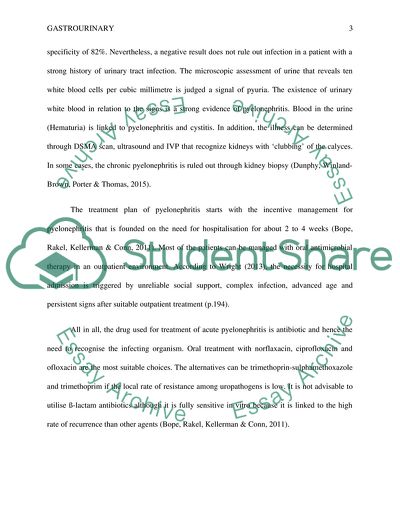Gastrourinary Essay Example | Topics and Well Written Essays - 500 words. https://studentshare.org/medical-science/1866077-dysuria-diagnosis-and-treatment
Gastrourinary Essay Example | Topics and Well Written Essays - 500 Words. https://studentshare.org/medical-science/1866077-dysuria-diagnosis-and-treatment.


